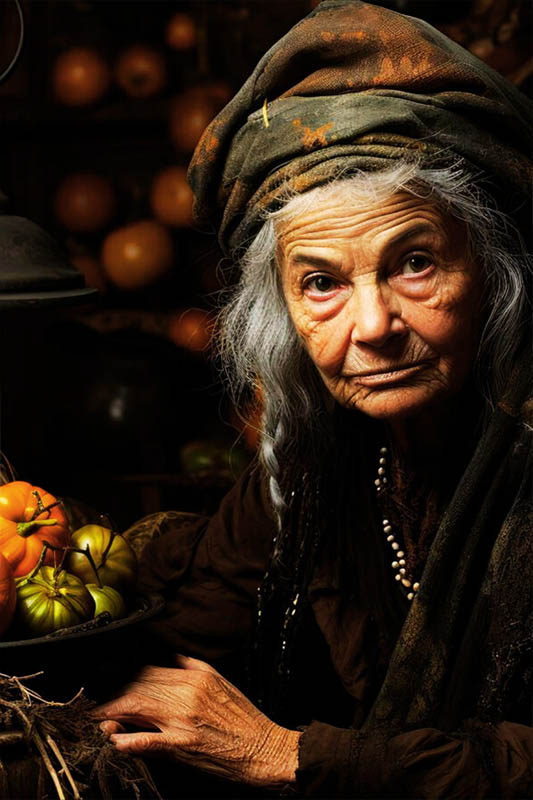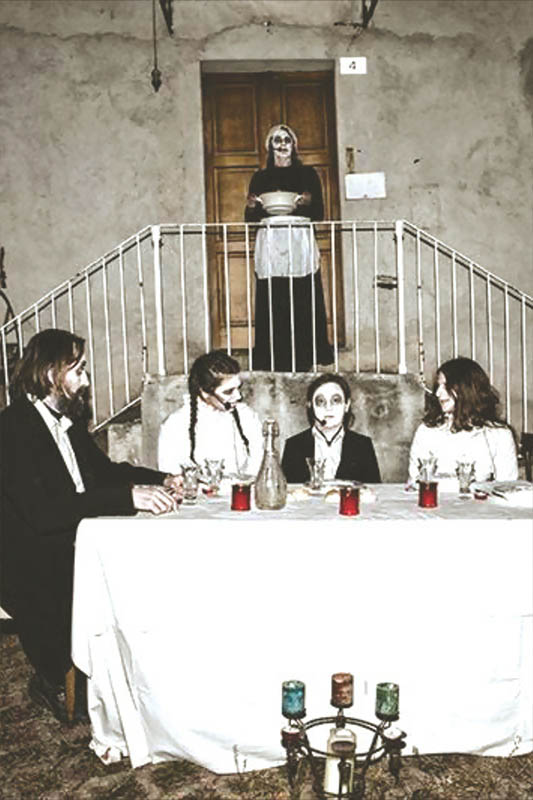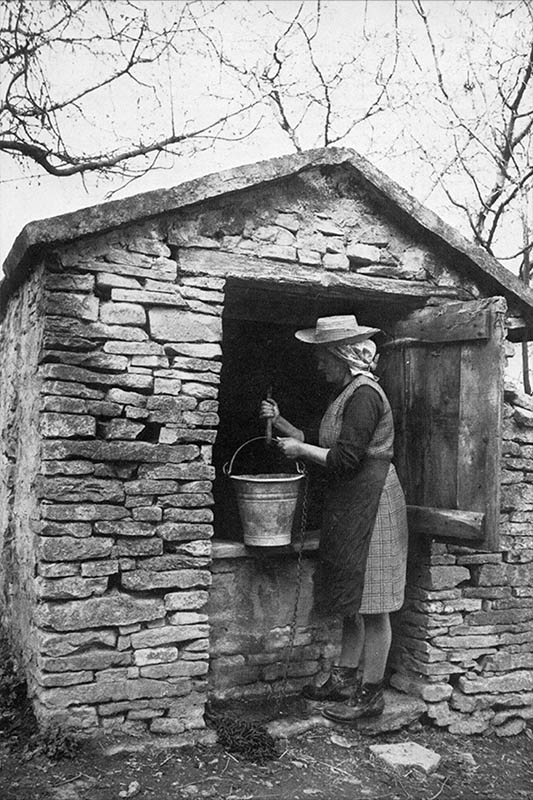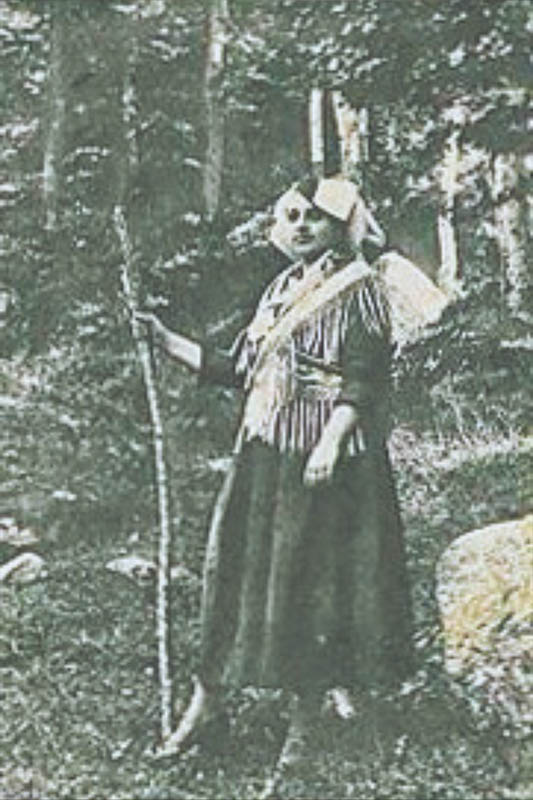Today I would like to take you to a “dark” and fascinating place: the world of the masche! But what exactly are they? The masche are mysterious figures from Piedmontese folklore, representing witches or female spirits endowed with magical powers.
The word “masca” probably derives from the Vulgar Latin “masca,” which means witch or evil spirit. The first written accounts date back to the Middle Ages when the masche were both feared and respected for their supernatural powers. They are often described as elderly women capable of transforming into animals, flying, and casting spells. They can be both benevolent and malevolent, depending on the stories and circumstances. They can heal diseases but also cause misfortunes and ailments.
The Masca Micilina: The Story
Numerous popular legends tell of masche living in isolated places like forests and mountains, but one of the best-known stories is that of Masca Micilina, a witch who lived in the Langhe and terrorized the villagers with her curses. She is one of the most famous and feared masche of the Langhe! Her story has been passed down from generation to generation and continues to captivate lovers of legends and folklore.
The Legend
Micilina was an elderly woman who lived isolated from the rest of the village, in a small house in the woods. It was said that she was endowed with extraordinary magical powers and could transform into various animals, such as black cats and wolves, to scare and confuse the villagers.
The legend tells that Micilina was capable of casting curses and spells, causing diseases, poor harvests, and other disasters. The locals were careful to avoid her dwelling and tried never to cross her path.
Micilina was feared not only for her powers but also for her vengeful nature. It is said that she severely punished anyone who dared to offend her or did not comply with her requests. Among her most feared curses: sudden illnesses, agricultural misfortunes, love or jealousy spells… beware of making her angry!
Protections Against Micilina
To protect themselves from Micilina’s curses, the inhabitants of the Langhe adopted various rituals and customs. Among these, the use of iron objects, considered effective against witches, and the creation of amulets with aromatic herbs such as garlic and rosemary. Some also practiced prayers and religious rituals to invoke divine protection.
The End of Micilina
According to the legend, the end of Micilina was as mysterious as her life. Some tales say she was captured and sentenced to death by exasperated villagers, while other versions claim she disappeared into thin air, dissolving into the wind like a true spirit. The ending, write it as you like!


Events Dedicated to the Masche
Masche Festival in Rifreddo
One of the most famous events is the Masche Festival in Rifreddo, held every year around June 24th in the small town of Rifreddo, in the province of Cuneo. This festival is entirely dedicated to the masche and offers a full immersion into the local tradition.
Shows and performances: During the festival, numerous theatrical performances recreate the stories of the masche, with actors in traditional costumes.
Guided tours: There are guided tours that take visitors to the most suggestive places linked to the legends of the masche.
Workshops: The craft workshops allow participants to create amulets and typical objects of the tradition.
La Notte delle Masche in Sauze d’Oulx
Another important event is La Notte delle Masche in Sauze d’Oulx, in the province of Turin. This event usually takes place in summer, around August 16th, and attracts both locals and tourists.
Night walks: Night walks in the woods are organized, accompanied by tales about the masche and their legends.
Historical reenactments: The evening includes historical reenactments and theatrical performances that tell the stories of the most famous masche.
Music and dance: Folk music concerts and traditional dances help create a magical atmosphere.
Witch Festival in Triora
Although Triora is located in Liguria, the Witch Festival in this village is closely related to Piedmontese folklore and the masche. Triora is famous for the witch trials of the 16th century, and the festival attracts many visitors.
Exhibitions and conferences: The festival includes exhibitions on the history of witches and conferences with experts in folklore and history.
Themed markets: Craft markets offer products related to the tradition of the masche, such as amulets, medicinal herbs, and iron artifacts.
Events for children: Workshops and activities for children to introduce them to the world of the masche in a playful way.
Patronal Festivals Dedicated to the Masche
Feast of Sant’Anna in Monforte d’Alba (Province of Cuneo) at the end of July.
Feast of San Giacomo in Castell’Alfero (Province of Asti), on July 25th.
Feast of San Lorenzo in Ostana (Province of Cuneo), on August 10th.
If you wish to participate in any or even just one of these events, I recommend contacting local tourist offices or associations such as “La Masca in Langa” or “Cultura e natura” (for Monferrato) for exact dates.
Happy witches to all and… see you next time!


